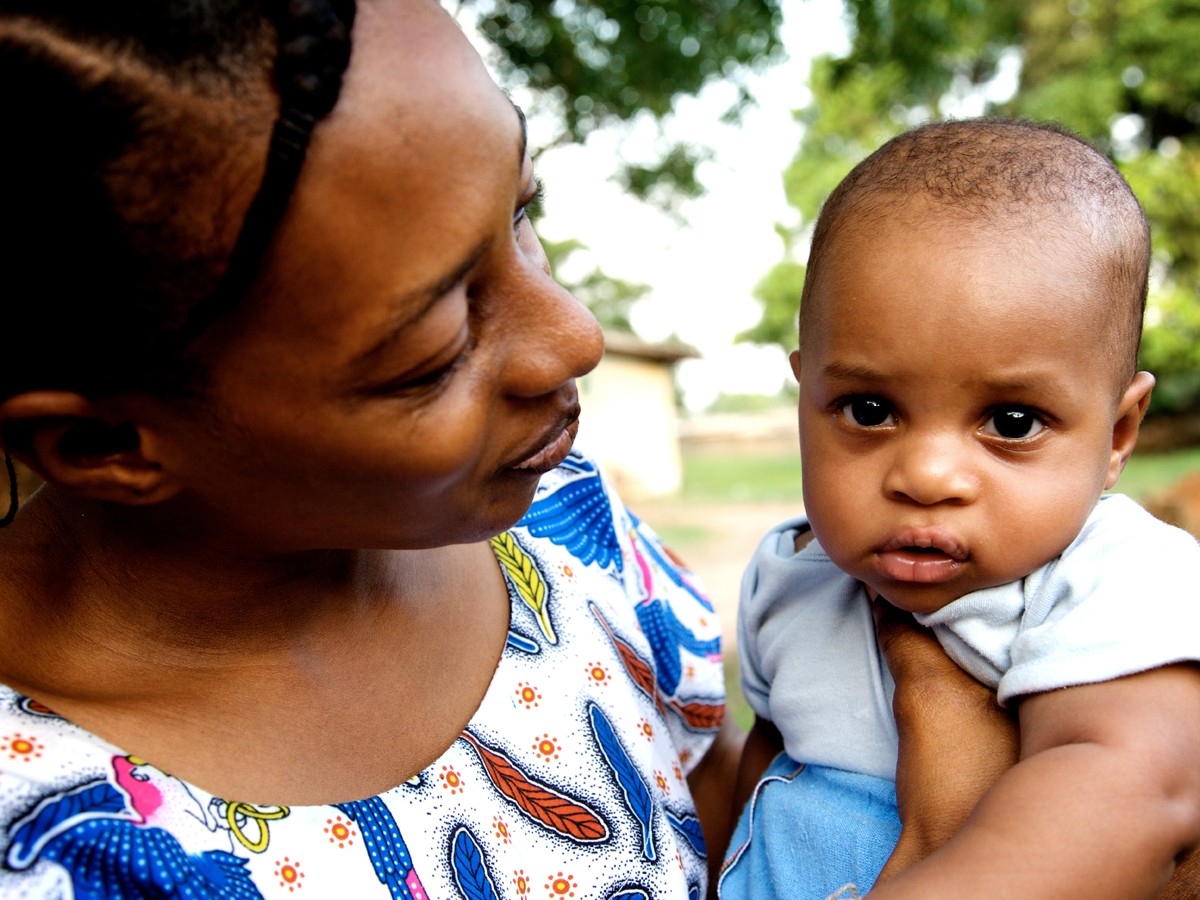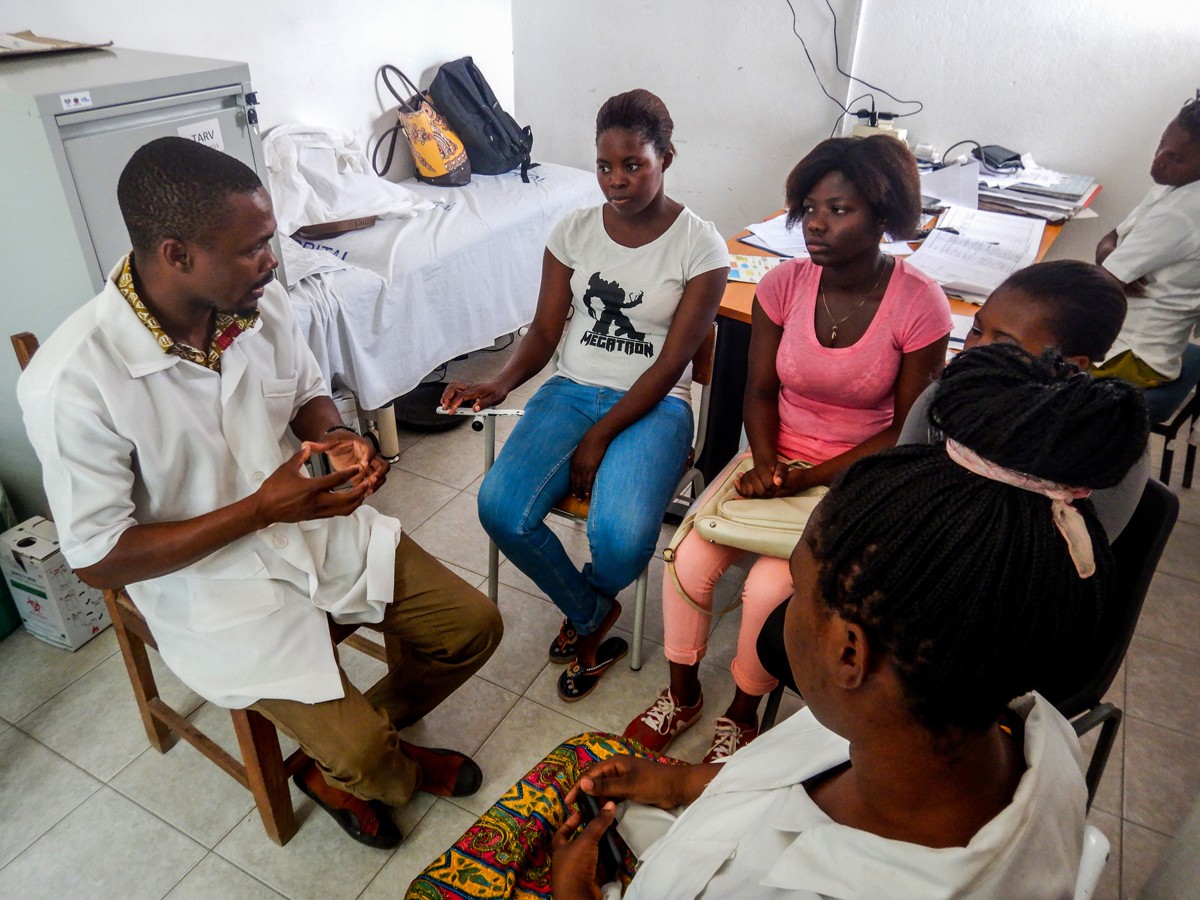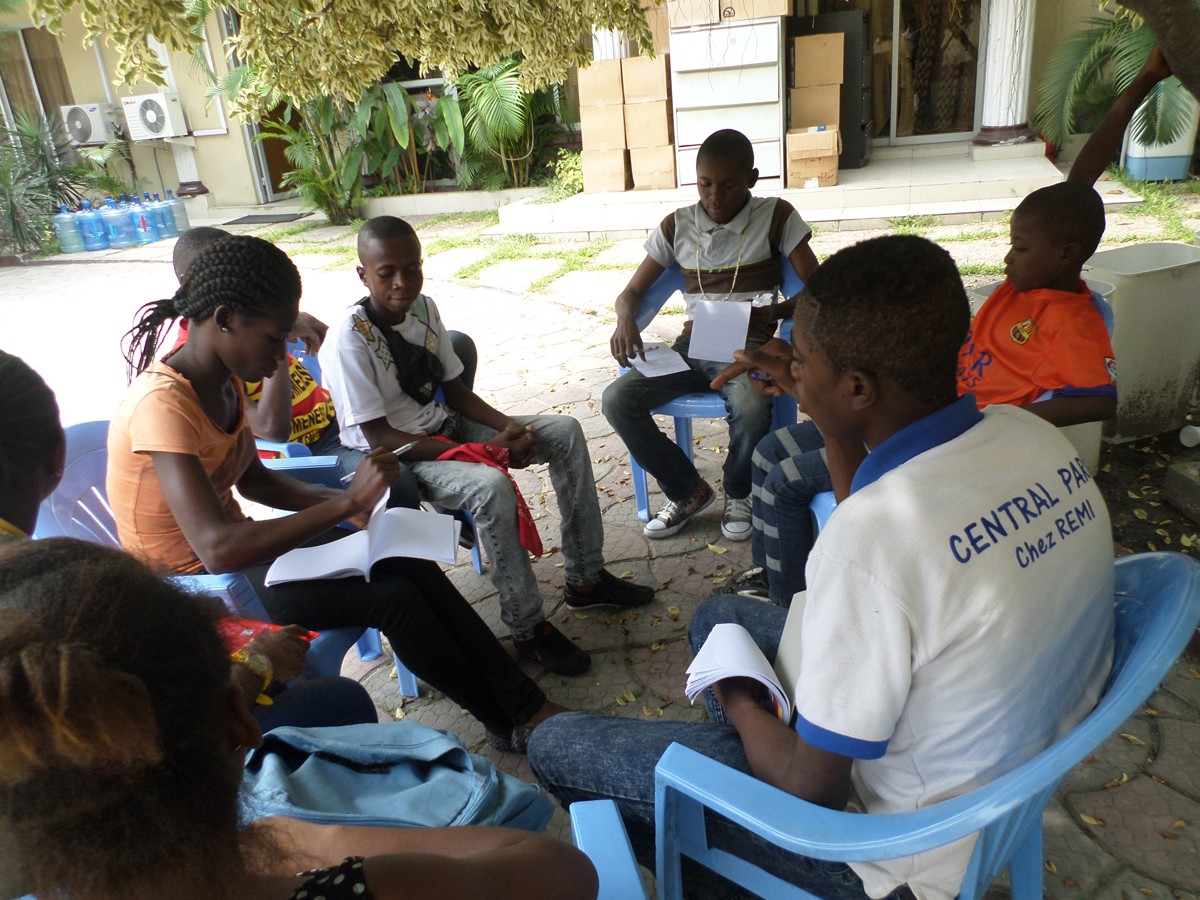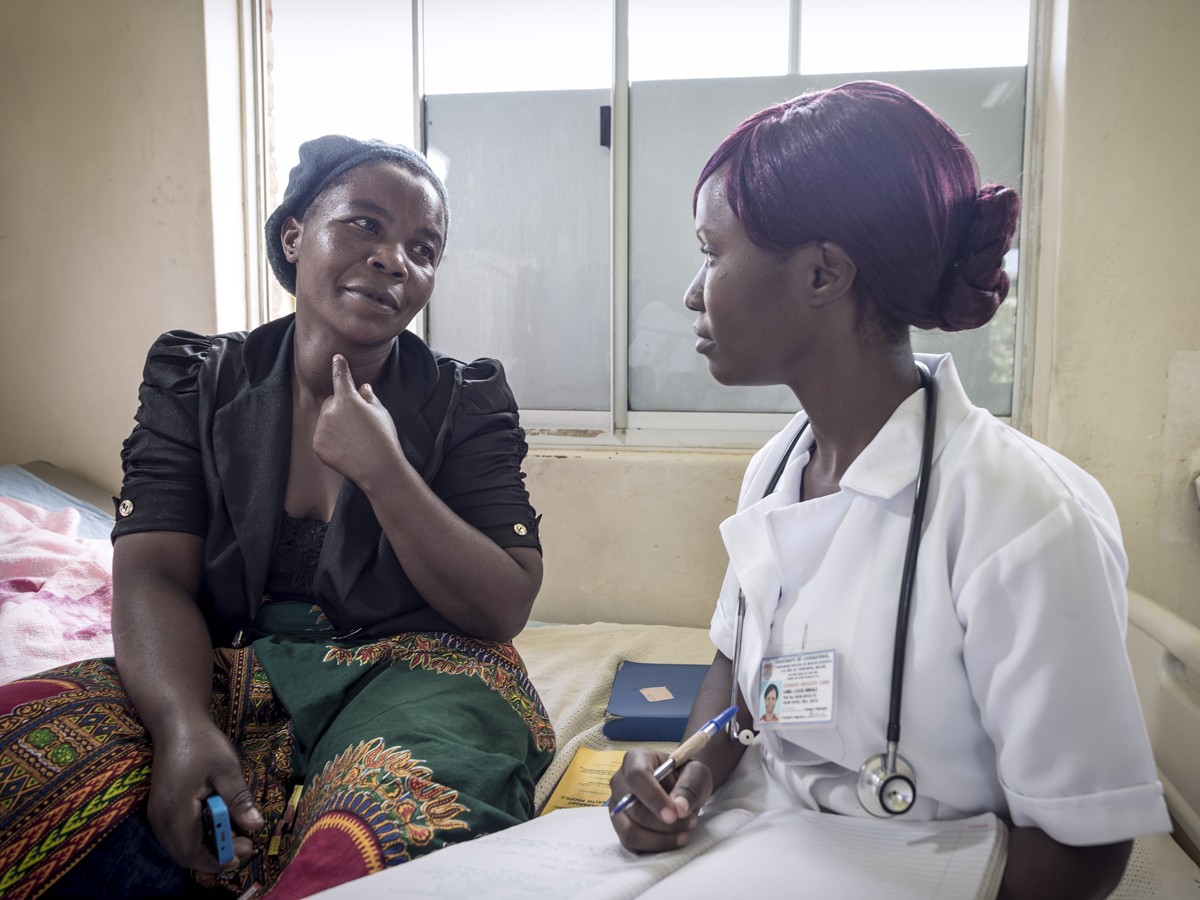Saito S, Chung H, Mahy M, Radin AK, Jonnalagadda S, Hakim A, Awor AC, Mwila A, Gonese E, Wadonda-Kabondo N, Rwehumbiza P, Ao T, Kim EJ, Frederix K, Nuwagaba-Birbomboha H, Musuka G, Mugurungi O, Mushii J, Mnisi Z, Munthali G, Jahn A, Kirungi WL, Sivile S, Abrams EJ.
J Acquir Immune Defic Syndr. 2018 Aug 15;78 Suppl 2:S134-S141. doi: 10.1097/QAI.0000000000001739.
BACKGROUND:
Remarkable success in the prevention and treatment of pediatric HIV infection has been achieved in the past decade. Large differences remain between the estimated number of children living with HIV (CLHIV) and those identified through national HIV programs. We evaluated the number of CLHIV and those on treatment in Lesotho, Malawi, Swaziland, Tanzania, Uganda, Zambia, and Zimbabwe.
METHODS:
We assessed the total number of CLHIV, CLHIV on antiretroviral treatment (ART), and national and regional ART coverage gaps using 3 data sources: (1) Joint United Nations Programme on HIV/AIDS model-based estimates and national program data used as input values in the models, (2) population-based HIV impact surveys (PHIA), and (3) program data from the President’s Emergency Plan for AIDS Relief (PEPFAR)-supported clinics.
RESULTS:
Across the 7 countries, HIV prevalence among children aged 0-14 years ranged from 0.4% (Uncertainty Bounds (UB) 0.2%-0.6%) to 2.8% (UB: 2.2%-3.4%) according to the PHIA surveys, resulting in estimates of 520,000 (UB: 460,000-580,000) CLHIV in 2016-2017 in the 7 countries. This compared with Spectrum estimates of pediatric HIV prevalence ranging from 0.5% (UB: 0.5%-0.6%) to 3.5% (UB: 3.0%-4.0%) representing 480,000 (UB: 390,000-550,000) CLHIV. CLHIV not on treatment according to the PEPFAR, PHIA, and Spectrum for the countries stood at 48% (UB: 25%-60%), 49% (UB: 37%-50%), and 38% (UB: 24%-47%), respectively. Of 78 regions examined across 7 countries, 33% of regions (PHIA data) or 41% of regions (PEPFAR data) had met the ART coverage target of 81%.
CONCLUSIONS:
There are substantial gaps in the coverage of HIV treatment in CLHIV in the 7 countries studied according to all sources. There is continued need to identify, engage, and treat infants and children. Important inconsistencies in estimates across the 3 sources warrant in-depth investigation.









